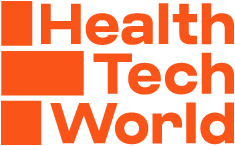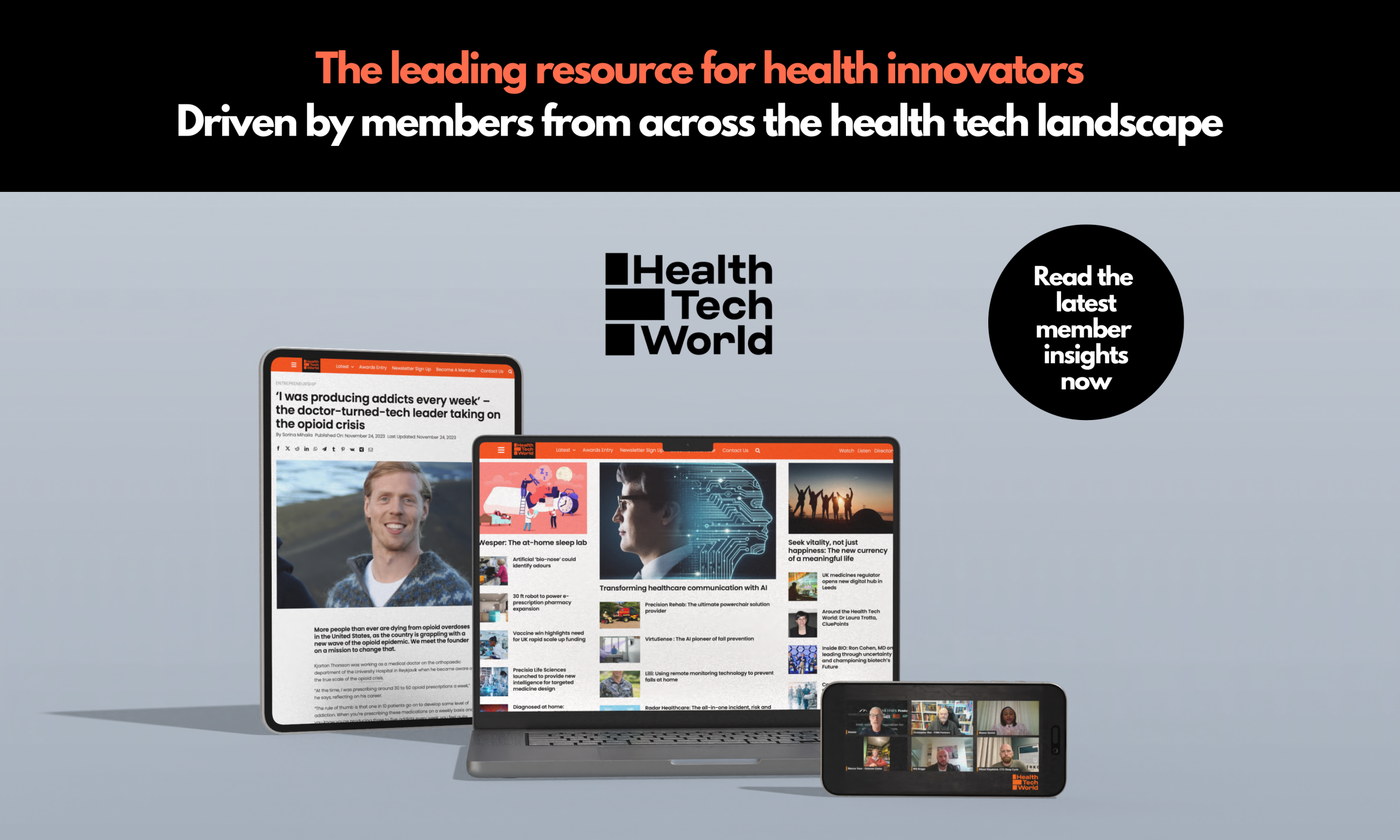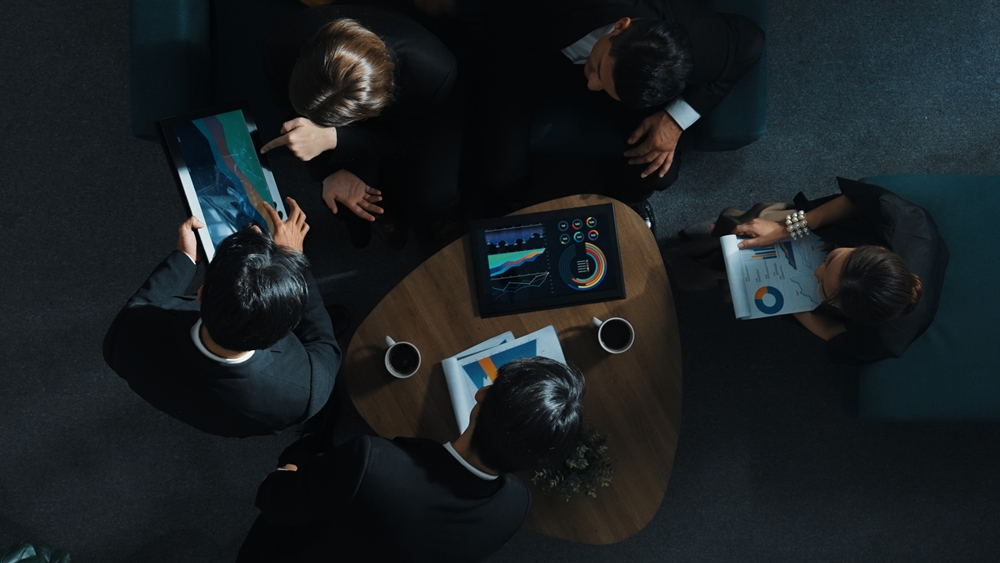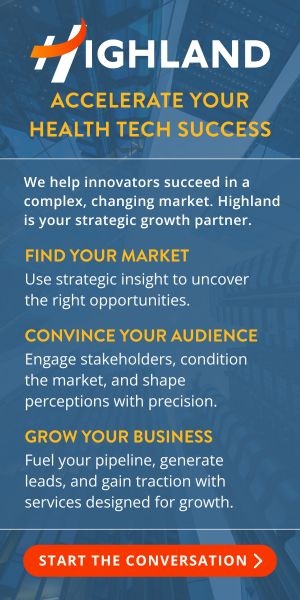The sleep app on a mission to improve public health
Mikael Kågebäck is the Chief Technology Officer (CTO) of Sleep Cycle. The company was awarded ‘Digital Health App of the Year’ at the 2025 Health Tech World Awards.
We called up Kågebäck over Zoom to learn more about the science of sleep analysis and the company’s wider health ambitions.
Around a third of adults worldwide experience sleep problems at least once a week, with many suffering from physical and mental health issues as a result.
As health tracking becomes part of our day to day lives, people are increasingly turning to apps and wearables to calm them before bed, monitor their sleep habits, and get guidance on how to improve.
Sleep Cycle is one of the world’s most popular sleep analysis apps, with over two million active users.
The app gives people data-driven insights into their sleep, alerting them to potential health issues.
Kågebäck says: “The idea started simply: everyone wants to wake up feeling refreshed.
“Initially, we worked with a Finnish researcher to see if we could use a phone’s accelerometer to detect movements during sleep and find the optimal wake-up moment within a 30-minute window.
“In 2015 we introduced an audio-based version, meaning users no longer had to keep their phone in bed.
“That change increased our downloads ten-fold.”
Sleep Cycle detects the movements, snoring and breathing patterns that characterise the various stages of sleep.
By analysing these changes and the users movement data, Sleep Cycle can map sleep staging as accurately as a formal sleep study – even with multiple people sleeping in the same room.
This information is not just interesting from an intellectual standpoint. It can also be used to flag potentially serious physical health problems, such as sleep apnea.
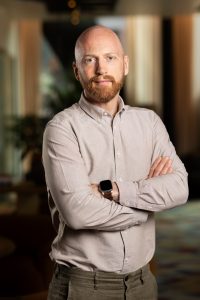
Mikael Kågebäck
Kågebäck says: “Sleep apnea is a huge problem affecting around 10 per cent of the population, and around 80 per cent are undiagnosed.
“It’s awful for people who go around feeling tired all the time not knowing why.
“People die in road accidents [because they are so tired].
“You need to be able to do two things to measure sleep apnea. The first is to detect an apnea event, which we can do since we can detect and track your breathing.
“The second is to be able to accurately estimate how much you have slept during the night, which we can also do.
“We have just started a huge study in Australia with over 700 participants which we will use to apply for an FDA clearance for sleep apnea screening.”
The second initiative under development is leveraging AI for increased personalisation for sleep coaching, which will harness the vast amount of data captured by the app to help users achieve better sleep.
While sleep is of course central to Sleep Cycle’s mission, Kågebäck is keen to apply the tech in other health areas.
An ongoing partnership with the University of Cambridge is using Sleep Cycle data and technology to explore the potential of using mobile-based sensing data to assist in the early diagnosis of Alzheimer’s disease through analysis of navigation and sleep patterns.
The gathered data could help identify people with early Alzheimer’s disease prior to the onset of dementia.
Kågebäck says: “We’re also working with a Cambridge group on our “Cough Radar,” which anonymously collects global coughing statistics.
“We can present this data in what looks like a weather report and you can look at how ‘coughing clouds’ move around the world, indicating rising levels of respiratory diseases on a community level.
“The researchers are using this data to look at how air quality in the UK is affecting coughing.
“And we have compared our data to American CDC data to see to what extent we can predict coming waves of influenza.
“This could be used as a government early warning detection system and also for resource allocations in hospitals and so on.”
Cough Radar is just one tool Sleep Cycle will use to support its long-term goal of improving health through use of its customer data.
“An important part of this is that it is completely anonymous and mathematically impossible to track back to the user,” Kågebäck says.
“We have so much data at our fingertips.
“The question is: how can we use that to improve the health of the world?”

